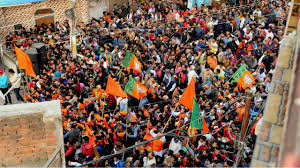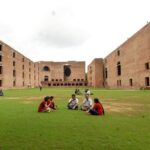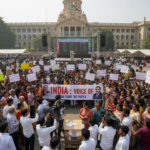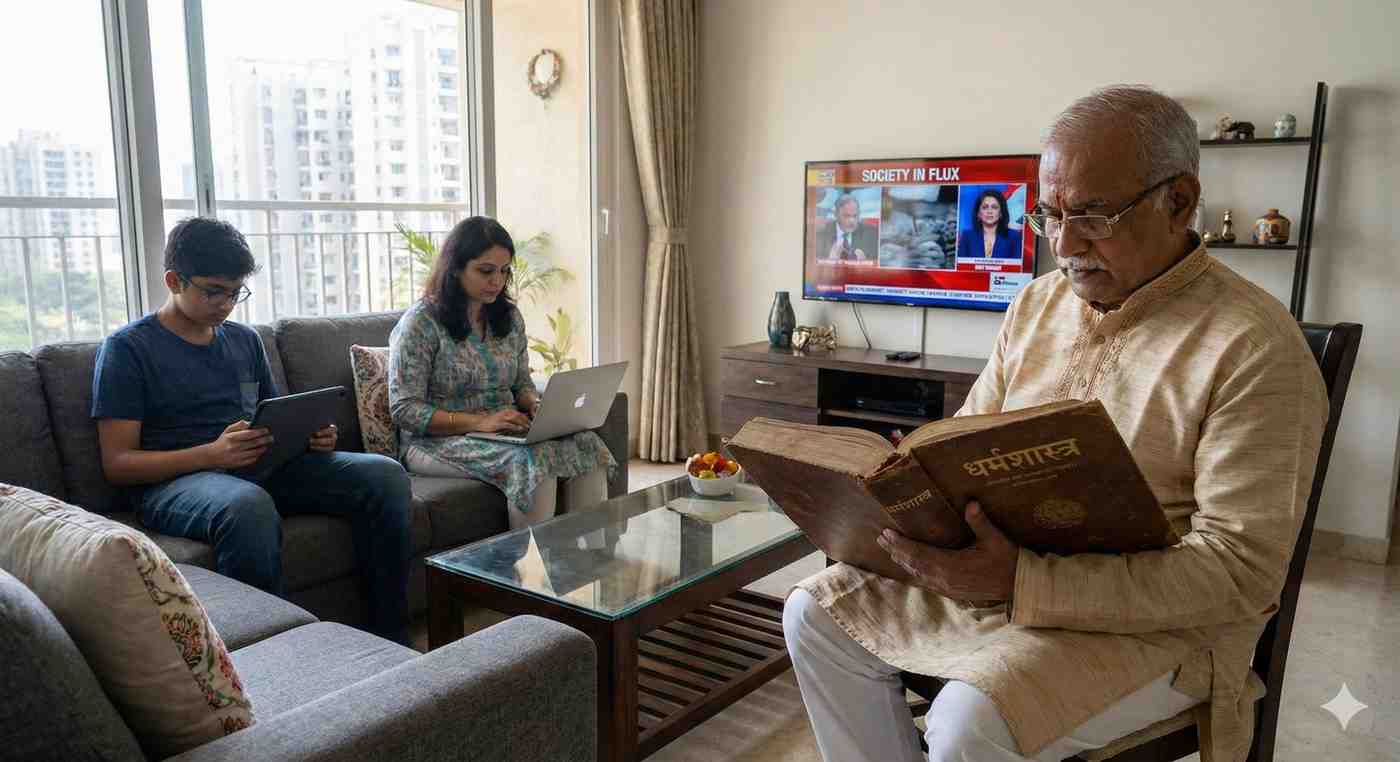
Uttar Pradesh: The State Where Political Futures Are Forged
- admin
- October 17, 2025
- Elections, Opinion & Analysis, Politics
- 0 Comments
Lucknow, 2025 — Uttar Pradesh (UP), with its pivotal role in Indian politics, acts as a crucible where political destinies are shaped and futures are decided. This sprawling state, with its complex socio-political landscape and strategic significance, not only influences national elections but also serves as a barometer for political trends and transformations across India. This article explores how UP has come to be recognized as the forge of political futures, impacting leadership, policies, and national political narratives.
Electoral Significance and National Impact
- Decisive Electoral Power
- Voter Base: UP’s vast and diverse electorate makes it the most significant single entity in the Lok Sabha, holding 80 seats. The state’s election outcomes often predict or determine the fate of the central government.
- Bellwether State: Historically, the political party or alliance that wins UP tends to have a substantial advantage or outright leadership in forming the government at the Centre.
- Leadership Nursery
- Prime Ministers’ Cradle: Numerous Prime Ministers of India, including Jawaharlal Nehru, Lal Bahadur Shastri, Indira Gandhi, and Narendra Modi, have contested from UP, leveraging its strategic electoral weight to climb to national prominence.
- Political Stalwarts: UP has been a starting point for many political careers, shaping leaders who go on to play crucial roles in national politics.
Socio-Political Dynamics and Policy Influence
- Caste and Community Matrix
- Social Fabric: The intricate tapestry of caste and religious affiliations in UP influences party strategies and electoral alliances both within the state and nationally.
- Policy Testbed: Social policies, particularly those related to reservation, minority rights, and rural development, are often piloted or intensified in UP due to its diverse demographic profile.
- Policy Innovations
- Governance Models: As a microcosm of India, policies regarding agriculture, education, healthcare, and infrastructure rolled out in UP provide templates for national policies.
- Technological Adoption: Initiatives like digital governance, smart city projects, and public digital interfaces tested in UP set precedents for similar projects across other states.
Cultural and Ideological Influence
- Cultural Hegemony
- Cultural Capital: As the heartland of the Hindi belt, UP’s cultural norms, linguistic trends, and traditional practices often influence mainstream media, cinema, and national discourse.
- Religious and Historical Significance: The state’s rich historical and religious heritage, encompassing sites like Ayodhya, Varanasi, and Mathura, adds layers to its political narrative, often influencing national religious and cultural policies.
- Ideological Battleground
- Secular vs. Communal: UP’s political landscape is a battleground for secular and communal ideologies, reflecting broader national debates on these issues.
- Economic Models: The state’s approach to economic development, balancing agricultural sustenance with industrial growth, influences economic policies at the national level.
Challenges and Opportunities
- Managing Diversity
- Inclusive Politics: UP’s challenge in managing its diversity is an opportunity to showcase inclusive politics and governance, setting examples for other states grappling with similar issues.
- Policy Responsiveness: Adapting to the rapid changes within UP’s demographic and economic landscapes challenges policymakers to be innovative and responsive.
- Political Stability and Reform
- Continuity vs. Change: The constant flux in UP’s political allegiance tests the resilience and adaptability of political parties and their policies.
- Reform Agenda: As political strategies and alliances in UP evolve, they often prompt calls for broader electoral reforms and governance models at the national level.
Conclusion: A Political Microcosm of India
Uttar Pradesh is not just a state; it’s a reflection of India’s broader political, social, and cultural dynamics. As UP goes, so potentially goes the nation. Understanding UP’s political environment provides invaluable insights into the workings of Indian democracy, making it a critical study for anyone interested in the future of Indian politics.



